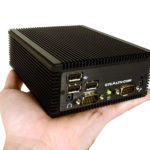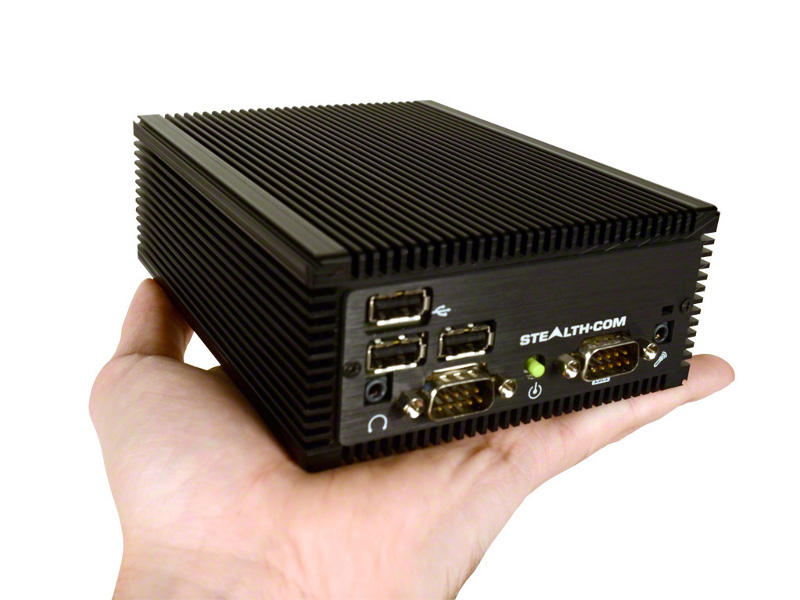 A low-level hardware scam, or rogue device scam, happens when the Con approaches the Mark and offers to send a network device for free (or a small fee) that will help the Mark out in some capacity.
A low-level hardware scam, or rogue device scam, happens when the Con approaches the Mark and offers to send a network device for free (or a small fee) that will help the Mark out in some capacity.
Usually, the Con will look for someone who is running a very small online video, podcast, stream, or some other small-revenue business. The Con first befriends the Mark by subscribing to their channel or show, and even contributing in some way. The Con says then says they work for a hardware company, or a back up company, or any kind of company in the Mark’s space that would benefit the Mark. They offer to send the Mark a device that they can host on their network to help them out. All they need to do is plug it in. It might offer free storage, back ups, or a slew of other things that the Mark might find useful. At this point, the Mark feels comfortable with the Con, and accepts the device. They plug it into their network, and everything seems to be working fine. It’s doing what the Con promised it would do.
But that’s not all it’s doing.
The device sitting on the network is now either collecting data from the local network, acting as a TOR Exit Node, sending spam, providing remote access, or serving up malware – to name a few nefarious things it could be doing.
Organizations and Companies with medium or large IT departments usually don’t fall for this type of scam, so the Cons usually stick to smaller businesses, start-ups, or, as mentioned, streamers, podcasters, and online video producers.
Simply do not trust any device that you don’t have 100% control over or you didn’t put on your network to begin with. If you don’t know what the device truly does, there is no need for you to have it on your local network – regardless of where it came from. There are plenty of occasions where large ISPs have gotten in trouble to hijacking DNS entries or rewriting URLs to add their own affiliate codes on the end of them – and it’s been happening for years.
Take a look at your router logs and see how many devices are actually using your network – not just your wireless either, look around for any device that may be just sitting there doing…whatever.

